.
#YoW Year of Worldbuilding
#WiF Worldbuilding in Fantasy
Introduction:
Just by way of a reminder, these are worlds that have made an impression on me in their own right, evoking a “wow” response. I started the series with CS Lewis and Narnia, and he is famous for the phrase “surprised by joy” – a term I would paraphrase, in terms of Fantasy worldbuilding, as “surprised by delight.”
So here are a few more examples that have surprised me with delight, evoked moments of wow, and generally spun my fantasy-reading wheels.
The Alvin Maker Series by Orson Scott Card
The Alvin Maker worldbuilding made a huge impression because it was among the first epic fantasy series I read that wasn’t set in a quasi, medieval Western European milieu. It was also the first Fantasy world I encountered that drew on the folklore and history of colonial North America.
As with most alternate histories, there is still enough real history to provide significance and recognition for readers. So this is still the colonial North America of religious difference, wars between Native Americans and white settlers, and of slavery, all of which play a significant part in the evolving story.
Winter’s Tale by Mark Helprin
 Staying with fiction
published during the 1980s and also set in the (largely) historical United
States, but shifting into what is as much magic realism as alternate history, I
have always been inspired by Mark Helprin’s Winter’s Tale.
Staying with fiction
published during the 1980s and also set in the (largely) historical United
States, but shifting into what is as much magic realism as alternate history, I
have always been inspired by Mark Helprin’s Winter’s Tale.
.
Chocolat by Joanne Harris
Leaping onward to the late 1990s, but lingering on the shores of magic realism imbued storytelling, brings me straight to Joanne Harris’s Chocolat. Instead of a mostly historical New York, we have contemporary French village and a tale that hooked me from the very first line:
“We came on the wind of carnival, a warm wind for February, laden with hot greasy scents … the confetti sleeting down … We are a curiosity to them, a part of the carnival, a whiff of the outlands…”
The heart of the world may be food (chiefly chocolate) but the sleepy world of village and river draw us in with their themes of self and other, light and dark, the divine and the mundane, the stranger amid a strange land that may perhaps become known… Not to mention far more than a dash of everyday magic to bring it into my fantasy lineup.
.
Northern Lights / The Golden Compass by Philip Pullman:
“Sometimes a book comes along that just seizes your imagination and for me, Philip Pullman’s Northern Lights/ The Golden Compass was one of those books. I just loved it …”
I wrote these words in 2011, but they are still just as true now as they were then – and hard to believe to, that it’s a quarter century since Philip Pullman’s tale of snow and northern lights, panzer bjorn (armor-wearing polar bears) and Finnish witches, “dust”, alethiometers and daemons, was first published. I still love its alternative historical Oxford that opens the book, and the story’s prevailing Victorian sensibility, including an age of exploration and scientific inquiry – not least “trepanning” – but also of exploitation, including of children.
.
The City & the City by China Mieville
Published far more recently, in 2009, I experienced a definite moment of worldbuilding “wow” on first encountering the interlocked and overlapping cities of Beszel and Ul Qoma in China Mieville’s The City & The City.
I enjoyed the Eastern European flavor to the divergent cultural characteristics of the two cities in terms of ethnicity, culture, religion, governance, and architecture. The way the citizens are trained from birth to “not see” the overlapping city that is all around them is also fascinating, as is the physical way in which Beszel and Ul Qoma interact, like a series of unfolding puzzle boxes. Definitely an excellent example of a world that is close to a character in its own right.
.
So Many Worlds...
 The Damar of Robin McKinley’s The Blue Sword and Alan Garner’s dark and eerie Elidor from the book of the same name, are also seminal worlds for me.
The Damar of Robin McKinley’s The Blue Sword and Alan Garner’s dark and eerie Elidor from the book of the same name, are also seminal worlds for me..
—
Previous Months:
February: The Lion, the Witch & the Wardrobe (Chronicles of Narnia) by CS Lewis
April: Sparrow Hill Road by Seanan McGuire
May: Palimpsest by Catherynne M Valente
June: Ship of Magic & the Liveship Traders series by Robin Hobb
August: Tymon's Flight (Chronicles of the Tree) by Mary Victoria
September: Dreamhunter, Dreamquake, Mortal Fire, by Elizabeth Knox
October: The Many Worlds Of Kate Elliott
.
—










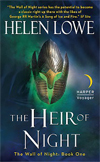
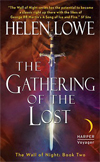
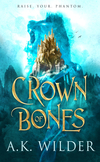
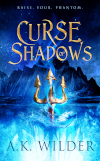
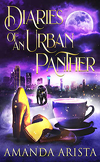
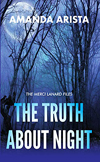

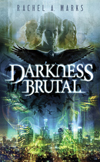
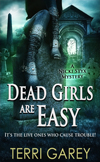
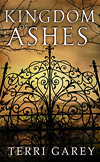
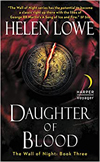
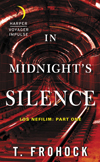

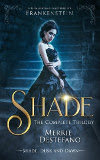

No comments:
Post a Comment